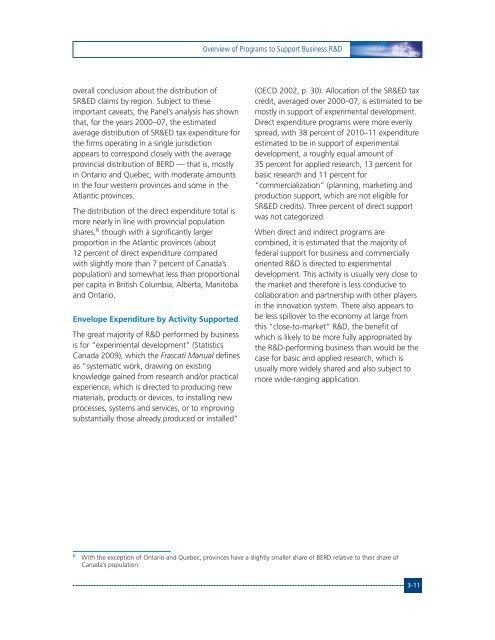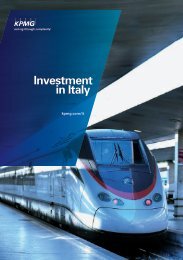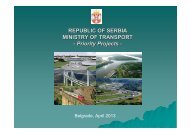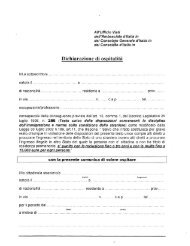Innovation Canada: A Call to Action
Innovation Canada: A Call to Action
Innovation Canada: A Call to Action
Create successful ePaper yourself
Turn your PDF publications into a flip-book with our unique Google optimized e-Paper software.
Overview of Programs <strong>to</strong> Support Business R&Doverall conclusion about the distribution ofSR&ED claims by region. Subject <strong>to</strong> theseimportant caveats, the Panel’s analysis has shownthat, for the years 2000–07, the estimatedaverage distribution of SR&ED tax expenditure forthe firms operating in a single jurisdictionappears <strong>to</strong> correspond closely with the averageprovincial distribution of BERD — that is, mostlyin Ontario and Quebec, with moderate amountsin the four western provinces and some in theAtlantic provinces.The distribution of the direct expenditure <strong>to</strong>tal ismore nearly in line with provincial populationshares, 6 though with a significantly largerproportion in the Atlantic provinces (about12 percent of direct expenditure comparedwith slightly more than 7 percent of <strong>Canada</strong>’spopulation) and somewhat less than proportionalper capita in British Columbia, Alberta, Mani<strong>to</strong>baand Ontario.Envelope Expenditure by Activity SupportedThe great majority of R&D performed by businessis for “experimental development” (Statistics<strong>Canada</strong> 2009), which the Frascati Manual definesas “systematic work, drawing on existingknowledge gained from research and/or practicalexperience, which is directed <strong>to</strong> producing newmaterials, products or devices, <strong>to</strong> installing newprocesses, systems and services, or <strong>to</strong> improvingsubstantially those already produced or installed”(OECD 2002, p. 30). Allocation of the SR&ED taxcredit, averaged over 2000–07, is estimated <strong>to</strong> bemostly in support of experimental development.Direct expenditure programs were more evenlyspread, with 38 percent of 2010–11 expenditureestimated <strong>to</strong> be in support of experimentaldevelopment, a roughly equal amount of35 percent for applied research, 13 percent forbasic research and 11 percent for“commercialization” (planning, marketing andproduction support, which are not eligible forSR&ED credits). Three percent of direct supportwas not categorized.When direct and indirect programs arecombined, it is estimated that the majority offederal support for business and commerciallyoriented R&D is directed <strong>to</strong> experimentaldevelopment. This activity is usually very close <strong>to</strong>the market and therefore is less conducive <strong>to</strong>collaboration and partnership with other playersin the innovation system. There also appears <strong>to</strong>be less spillover <strong>to</strong> the economy at large fromthis “close-<strong>to</strong>-market” R&D, the benefit ofwhich is likely <strong>to</strong> be more fully appropriated bythe R&D-performing business than would be thecase for basic and applied research, which isusually more widely shared and also subject <strong>to</strong>more wide-ranging application.6 With the exception of Ontario and Quebec, provinces have a slightly smaller share of BERD relative <strong>to</strong> their share of<strong>Canada</strong>’s population.3-11
















